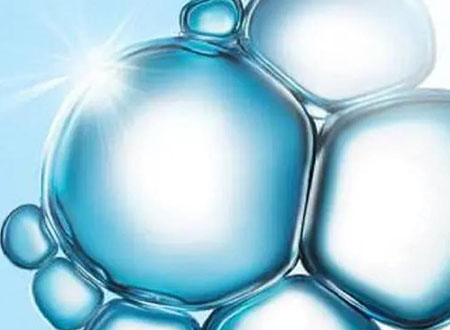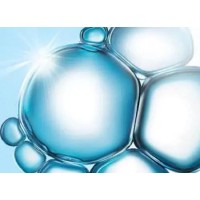How much do you know about sodium hyaluronate?
Sodium hyaluronate is also hyaluronic acid, which is a linear polymer acid mucopolysaccharide consisting of alternating D/glucuronic acid (GLCA) and N-acetylglucosamine (GLCNAC) and disaccharide units. Commercial HA is its sodium salt, namely sodium hyaluronate.
Sodium hyaluronate is widely found in skin, vitreous, cartilage, and other tissues. In many studies, sodium hyaluronate has been found to store various physiological functions, such as regulating cell adhesion, localization, and differentiation, promoting cell proliferation and motility, and participating in moisturizing, wound healing, and tissue repair, and regeneration, and inflammatory responses.

Sodium hyaluronate is a component of the human body and has high biosafety. In recent years, more and more studies have been conducted on the absorption, metabolism, and efficacy of sodium hyaluronate after oral administration, and a large amount of scientific evidence has confirmed the efficacy of oral sodium hyaluronate.
The efficacy of sodium hyaluronate: whitening and moisturizing, firming skin, anti-acne and freckle, and anti-inflammatory.

